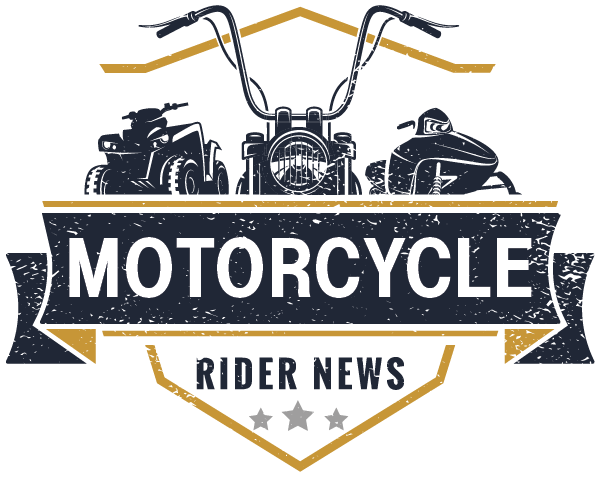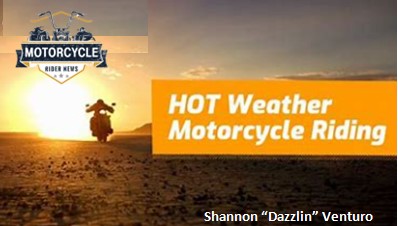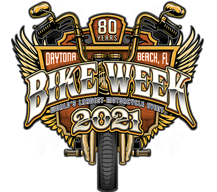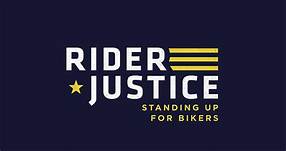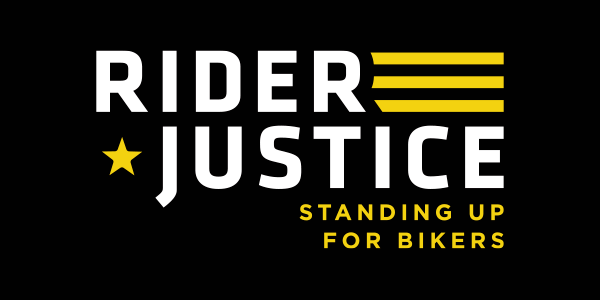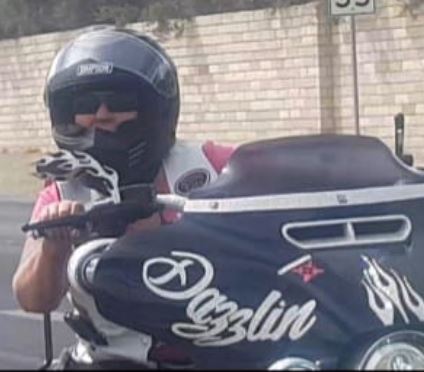
By Shannon “Dazzlin” Venturo, Senior Moto-Journalist
Summer is made for epic fun, Sturgis is just around the corner. Even though it tends to be quite hot in Nevada in the middle of the day, nationwide riders are enduring record high temperatures unlike most have ever seen. As a Nevada rider, we ride in over 100 degree temperatures daily and have learned some great tips for staying as cool as possible.
Warm, sunny weather and long days make summer an ideal time for motorcycling. But with 2023 set to surpass the hottest season days on record, you need to be prepared to deal with above-average temperatures, especially on multi-day tours where you’ll be riding several hours per day. These tips will help you keep your cool.
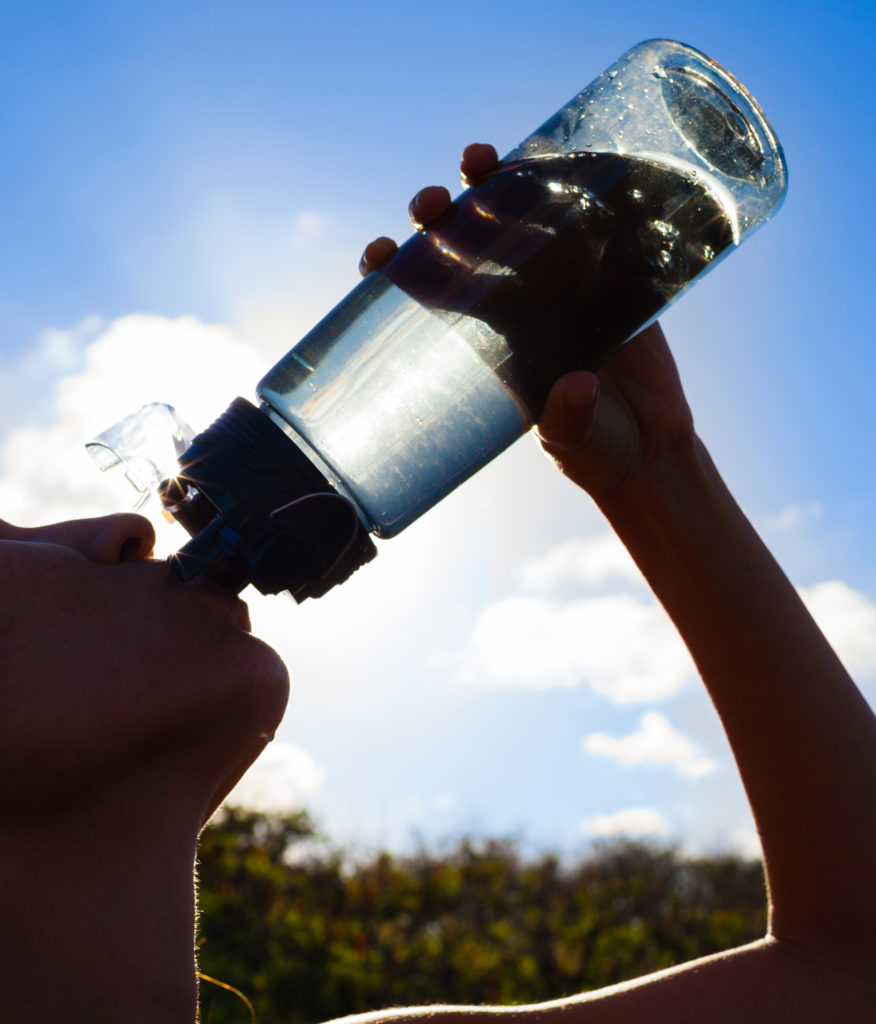
-
Stay Hydrated.
According to WebMD, heat exhaustion “is a heat-related illness that can occur after you’ve been exposed to high temperatures, and it often is accompanied by dehydration.” Heat exhaustion can include water depletion and salt depletion, so you should drink plenty of water supplemented by sports drinks (to restore electrolytes lost through sweat) and salty snacks. The easiest way to drink water while riding is to wear a hydration backpack, which includes a water bladder and a drinking tube that can be used on the go, even with a full-face helmet. One of my favorites is HydroBack 50 oz Hydration Pack, available on Amazon right now for just $35.

2. Avoid Alcohol and Caffeine.
You should always avoid drinking alcohol until after you’re done riding for the day. Not only does alcohol can leave you dehydrated (and possibly hungover) the next day, which means you start off at a disadvantage. Whether caffeine contributes to dehydrations is debatable, but the consensus is that consuming plain old water (plus the occasional sports drink to restore electrolytes) is the best way to fight dehydration. Drink lots of water to replace lost fluids.
3. Wear Wicking Base Layers.
Sweating is how our bodies regulate temperature. When sweat evaporates, it cools the surface of the skin, and the hotter we get, the more we sweat (which is why we need to make a concerted effort to stay hydrated). Wearing synthetic base layers wicks moisture away from your skin, which increases the efficiency of evaporative cooling. Stretchy, snug-fitting base layers, like those from Forcefield, also provide light compression for better circulation and less fatigue. Trust us – once you start wearing base layers, you’ll wonder how you ever survived without them.
4. Wear Full-Coverage Riding Apparel.
When the summer heats up, many of us love to wear shorts, tank tops and sandals. However, none of these make sense on a motorcycle, unless you wear shorts and a t-shirt under your armored riding apparel (carry flip-flogs in your saddlebag so you can kick off your riding boots during breaks and let your feet breath) Jared Richards is a big fan of the philosophy of ATGATT (All the Gear, All the Time) for safety reasons. No one ever plans to crash, but accidents do happen, and good motorcycle gear can reduce the severity of injuries. Full-length gloves, jackets and pants, over-the-ankle boots and full-face or modular helmets also protect the skin from the ravages of sunburn and dehydrations. By all means, stay comfortable by wearing something that is well ventilated or has large mesh panels to promote airflow, especially in lighter colors. We respect your right to wear what you feel most comfortable riding in.
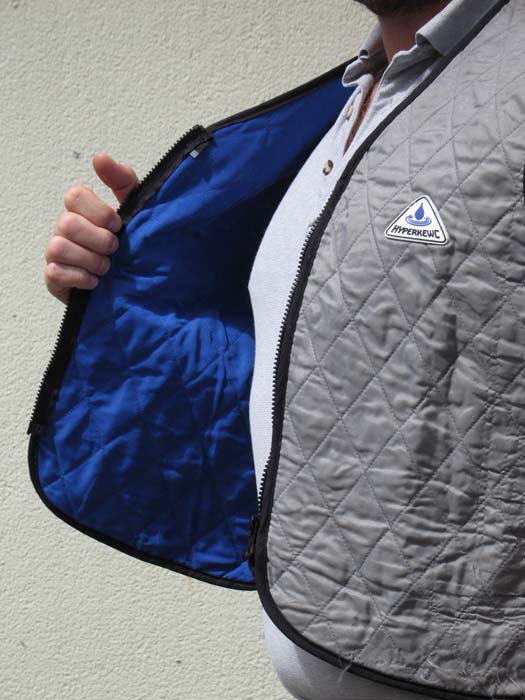
5. Wear an evaporative Cooling Vest.
On hot days, boost the power of evaporative cooling with a special-made vest that can be worn under your riding jacket to keep your core from overheating. When you soak your cooling vest in water (I use the TechNiche Hyperkewl Cooling Vest), its polymer-embedded fabric allows evaporation to occur slowly, over several hours. Instead of soaking there are many other styles you can use, some you fill it with water like a bladder, and its “dry evaporative cooling” uses patented technology. This is perfect for longer trips and I have had excellent results, thought evaporative cooling is more effective in dry than humid climates.
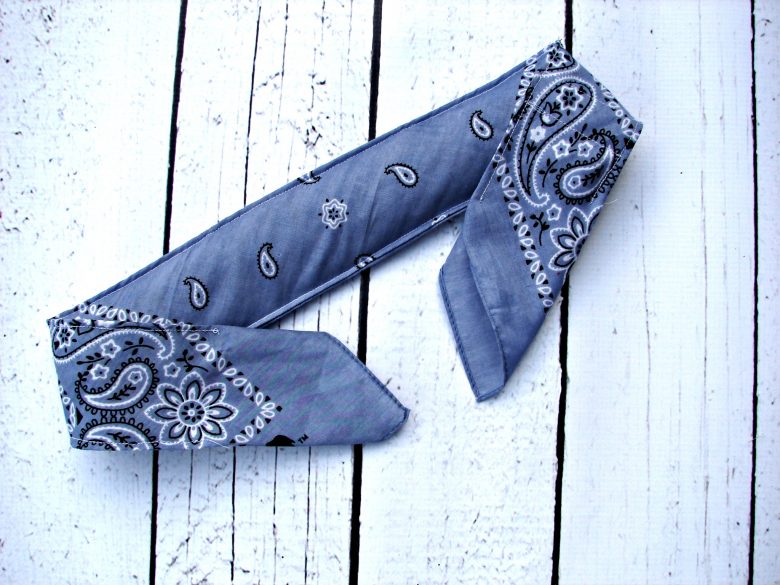
6. Wear an Evaporative Cooling Neck Wrap.
Go a step further by adding an evaporative cooling neck wrap, like the ones you can find on www.mycoolingstore.com. You can also wear a bandana or neck gaiter soaked in water, but they dry out much faster. Neck wraps have the added benefit of protecting your neck from sunburn.
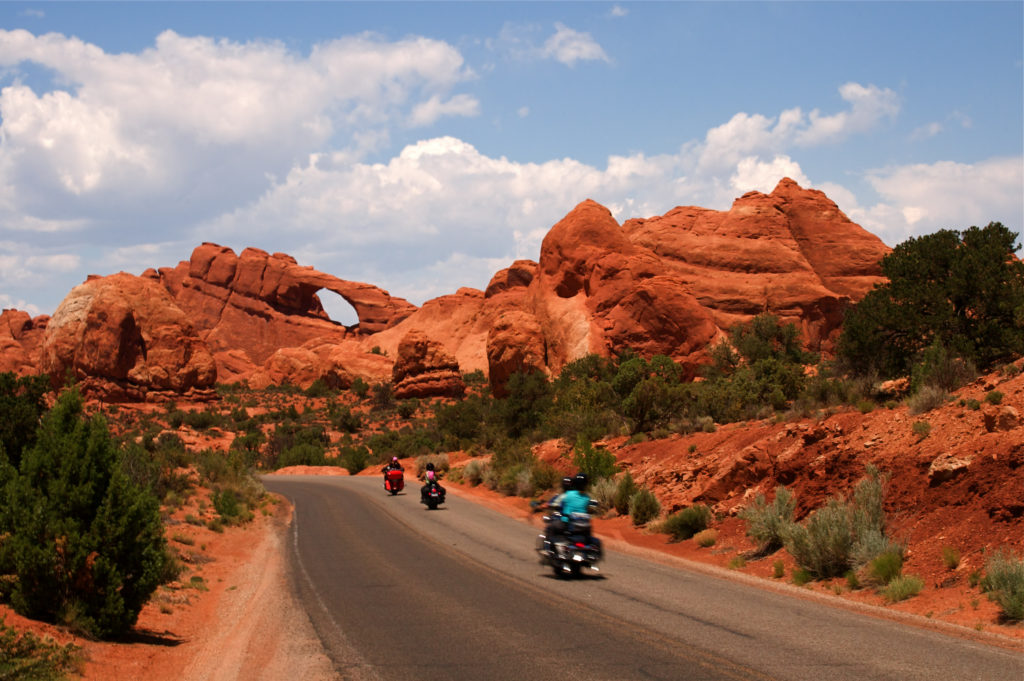
7. Avoid Riding During the Hottest Part of the Day.
Since the hottest time of day is usually between noon and 5pm, if possible, plan to ride during the cooler morning and early evening times. Wake up early, have a light breakfast and cup of coffee, then hit the road. You can ride for several hours and then take a break for lunch, nap in the shade, on of my favorite activities, catch a matinee in a cool, dark movie theater or do some sightseeing. Early evening rides can be a real treat but beware that dawn and dusk times often see greater wildlife activity, such as deer crossing the road. Stay cool, but also stay safe. Watching the sun rise on an early-morning ride or chasing a sunset is always more beautiful on a motorcycle.
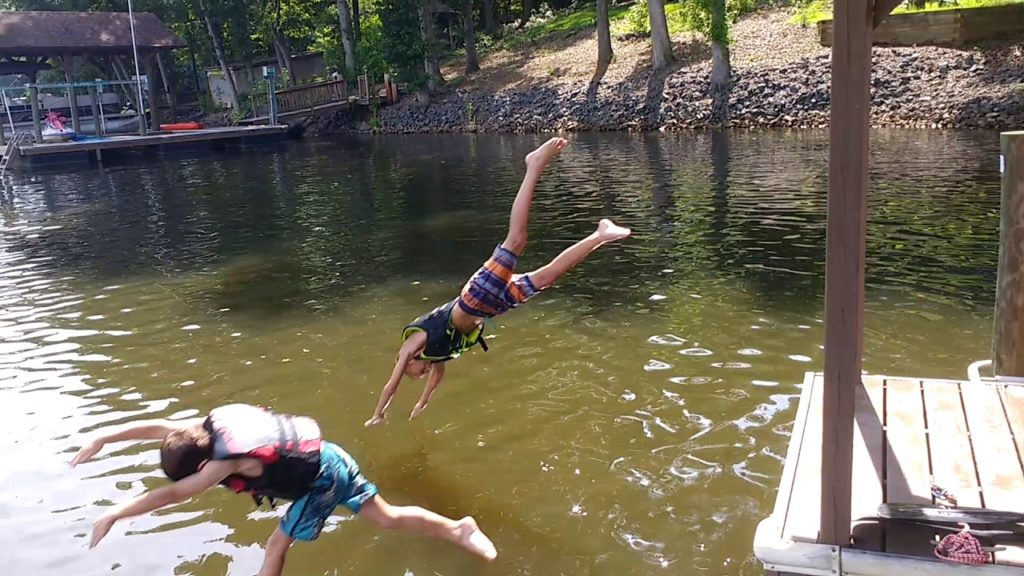
8. Take Frequent Rest Breaks
If you’re like me, on scenic, back-roads rides, I often don’t stop until the low-fuel light comes on. But on a motorcycle with 200-mile plus range, that often means riding for several hours between stops. On hot days, you should stop more often. I really recommend cooling off every 100 miles. If you’re not wearing a hydration backpack, frequent stops allow you to drink some water and have a snack. Take off your helmet and pour some cool water on your head. Walk around and do some light stretches to get the blood flowing throughout your body. Sit down in the shade for a few minutes, or like many people do these days, take a selfie, and post it on Facebook.
- Use Common Sense.
If you start to feel lightheaded or dizzy, have a headache or cramps, feel your skin becoming unexpectedly cool and clammy, your body could be overheating. Heat exhaustion can lead to heat stroke, which can be extremely dangerous, even fatal. Don’t try to be tough and “ride through it.” Pull off at the next exit or stop as soon as possible and immediately find a way to cool down. Remove your helmet and put a cold, wet towel around your head. Walk into an air-conditioned store or restaurant and order a pitcher of ice water. Be sure to just sip it. Let your body temp cool down slowly. Take a dip in a cool lake, river, or swimming pool. Give your body a chance to cool itself down.
- Take a Day Off.
We go on motorcycle tours because we like to ride, but sometimes it pays to take a day off. Long, hot days in the saddle are more likely to leave you fatigued, dehydrated and sore than long days in cooler weather. Plan your next tour around a daylong visit to a national park, historic site or city that is best explored on food. Build in a rest day where you can hang out around the campground or lounge by the hotel pool. Americans are constantly in a rush, always on the go. Summer motorcycle rides are fun, but when it gets really hot sometimes the best thing to do is just put your feet up and chill out.
Some final advice as you get ready for summer rides. Be sure your motorcycle is in good working order. Nothing worse than a breakdown, flat tire etc. on the side of the road in 100 degree plus weather. It can sometimes take hours to get emergency help. I once baked in the sun for nearly 5 hours during a breakdown between Barstow and Baker California.
Don’t eat greasy or fatty foods leading up to a ride. Eat healthier option and “stack the fluids”. I have a goal of about a liter a day. Always let your friends or family know where you will be riding and check in periodically.
